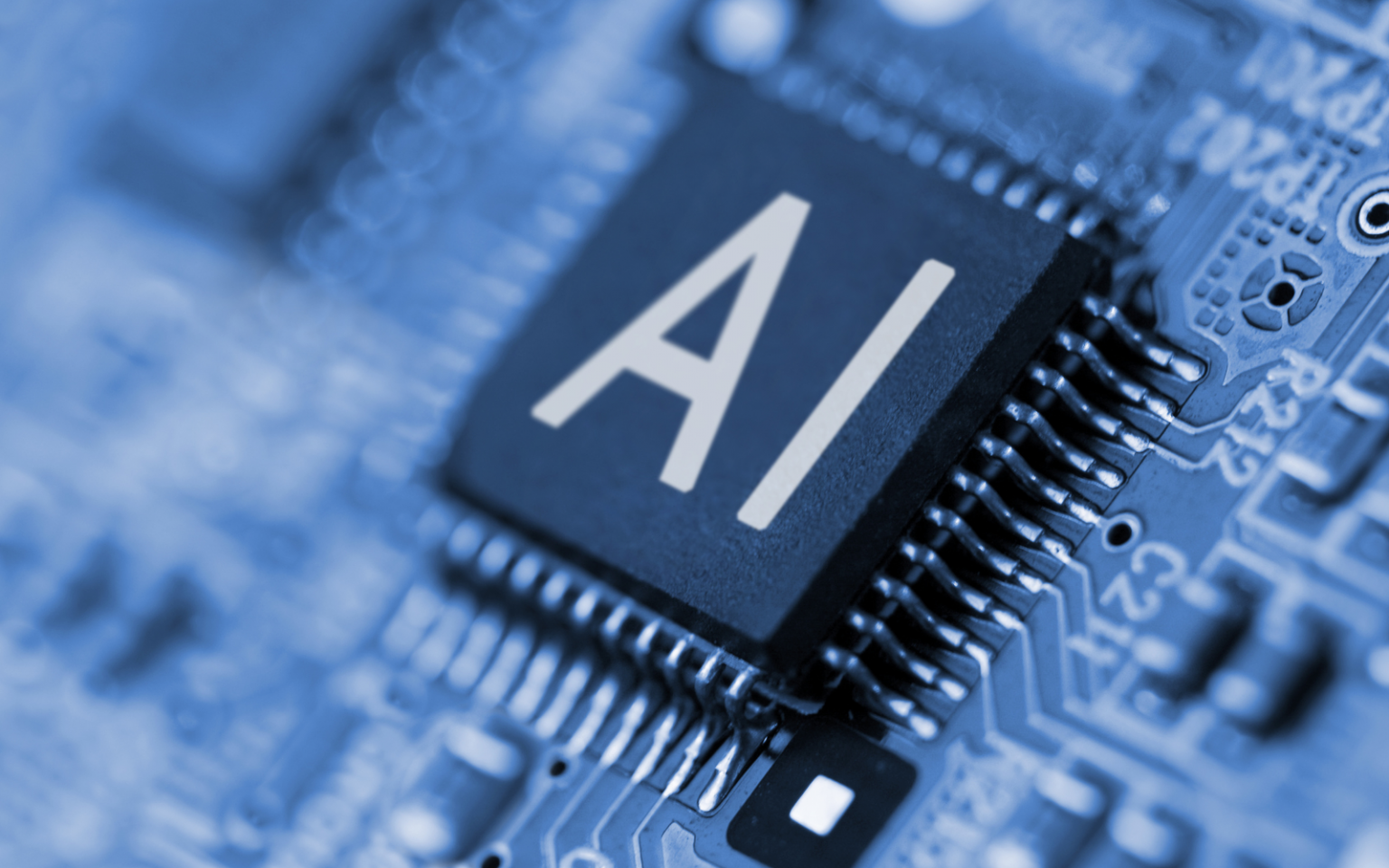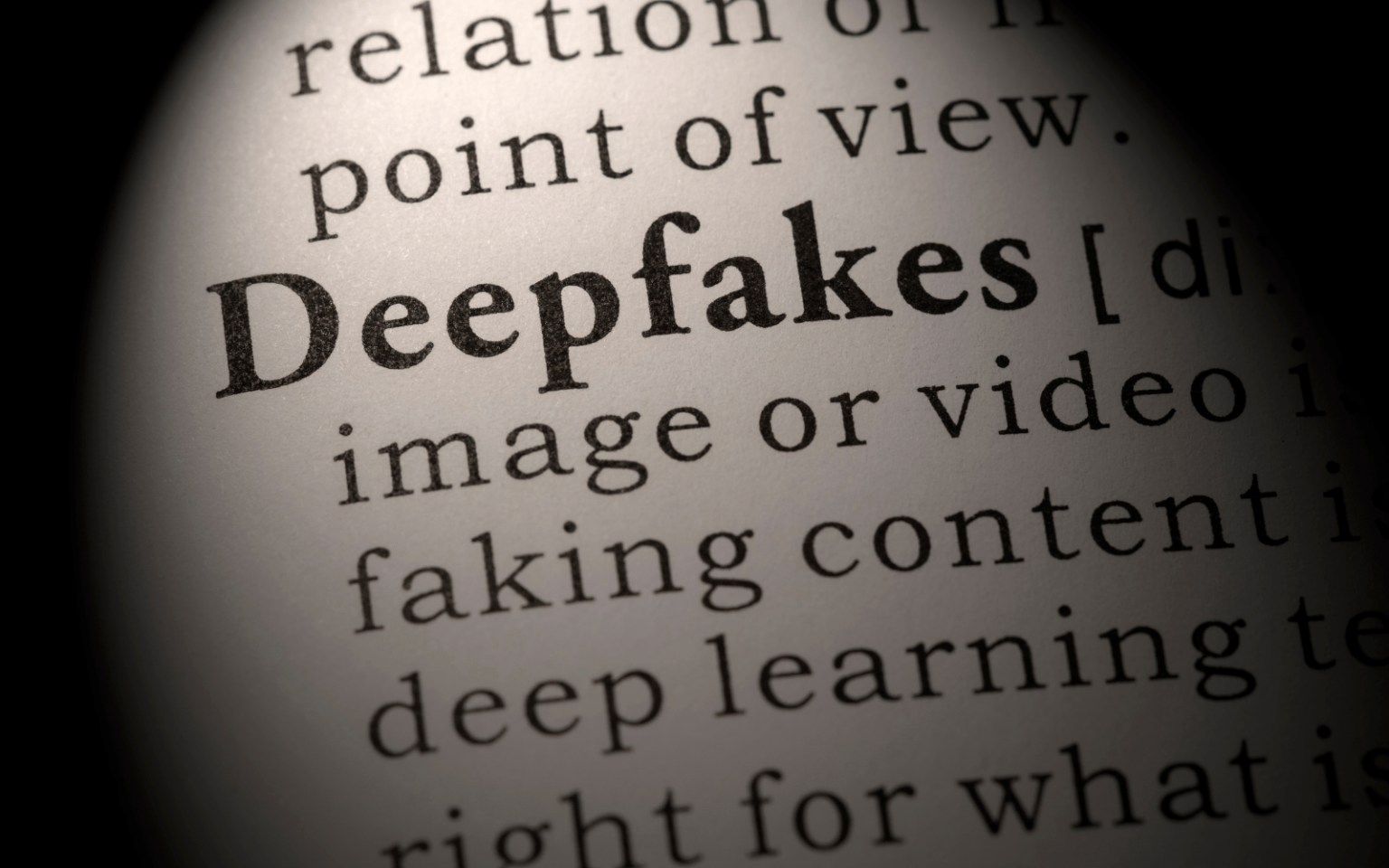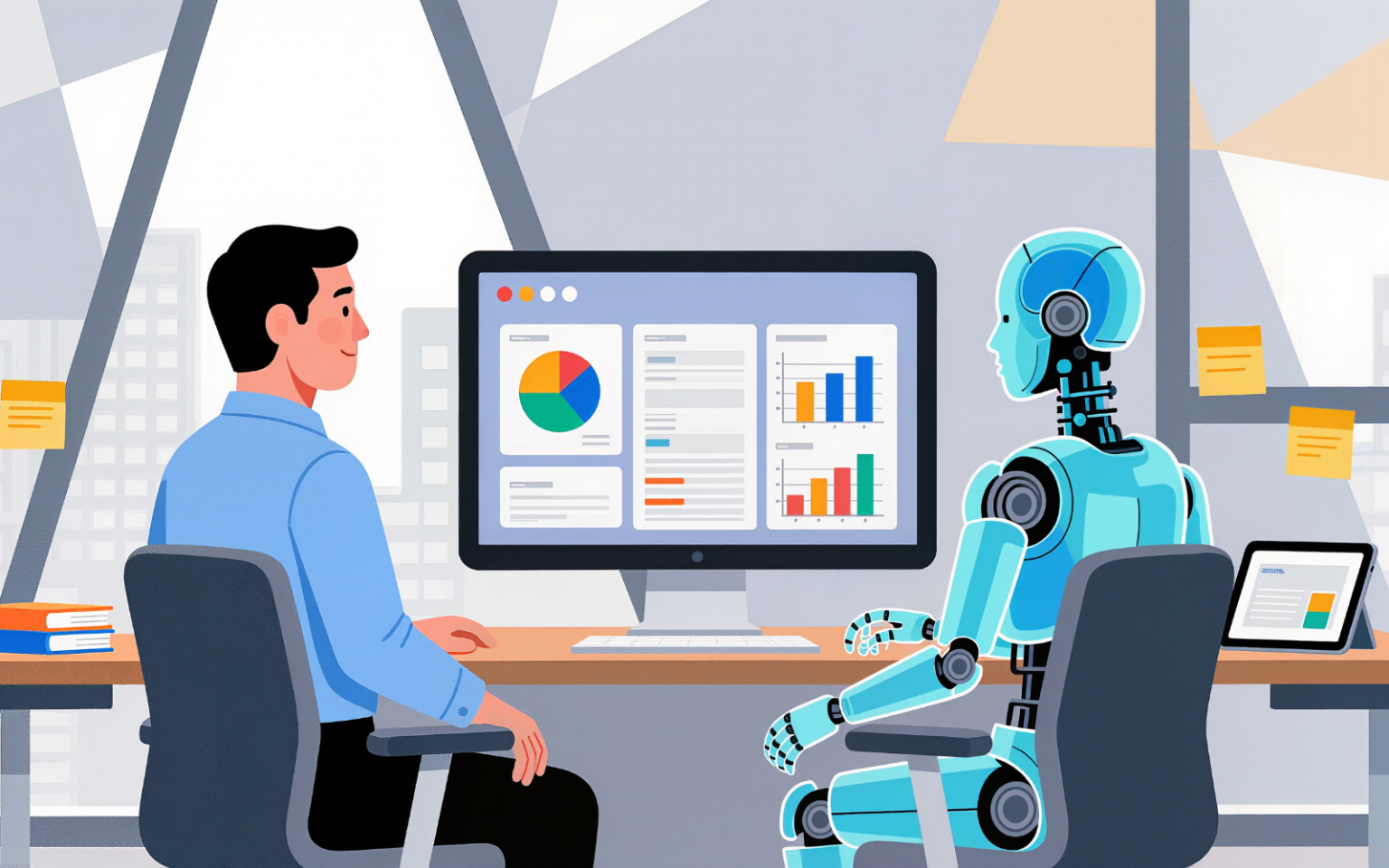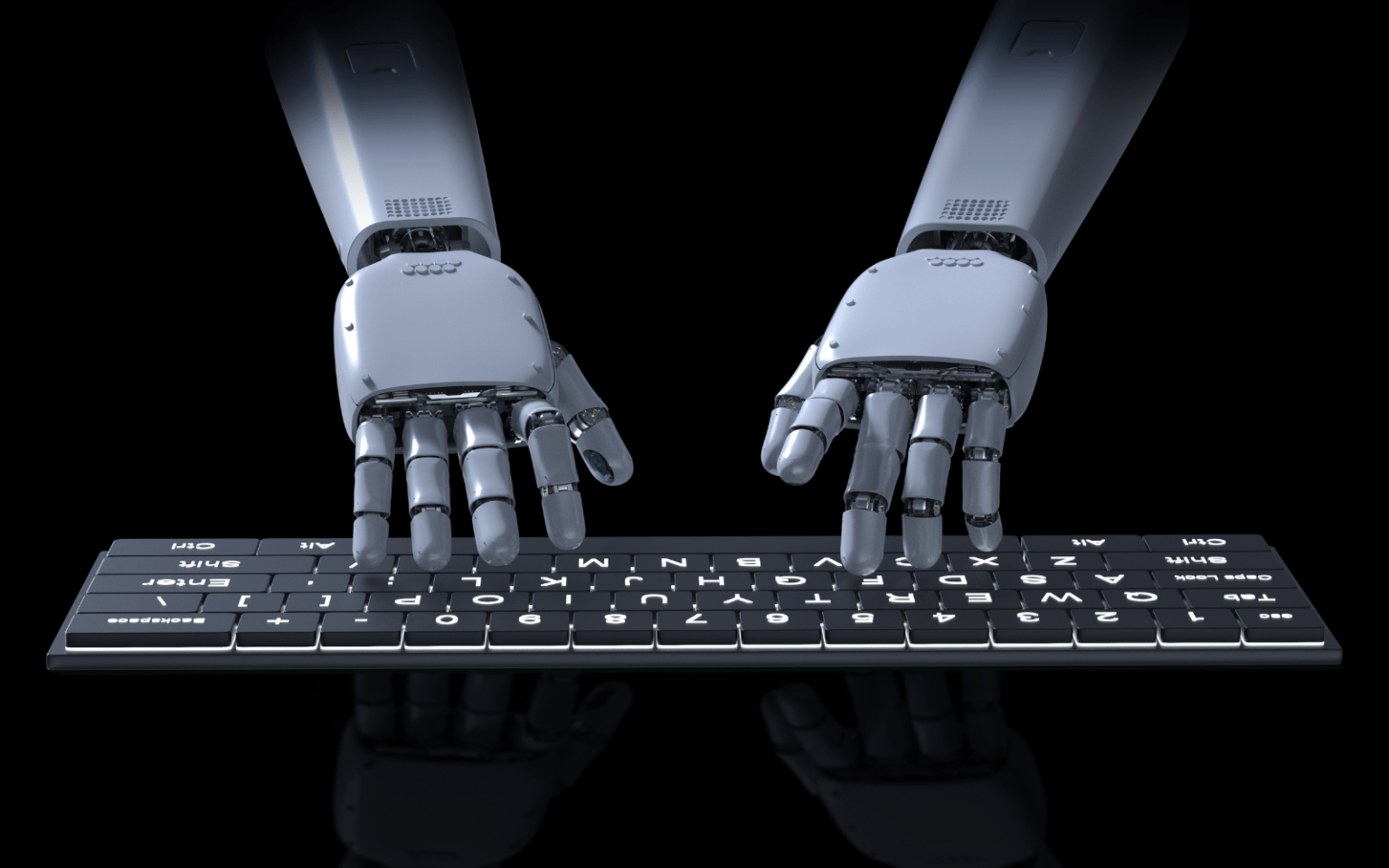When Roro (not her real name) lost her mother to cancer, the grief felt bottomless. In her mid-20s and working as a content creator in China, she was haunted by the unfinished nature of their relationship. Their bond had always been complicated – shaped by unspoken resentments and a childhood in which care was often followed closely by criticism. After her mother’s death, Roro found herself unable to reconcile the messiness of their past with the silence that followed. She shared her struggles with her followers on the Chinese social media platform Xiaohongshu (meaning “Little Red Book”), hoping to help them with…
Author: The Conversation
Switching off can be surprisingly expensive. Much like the smoking cessation boom of the 1990s, the digital detox business – spanning hardware, apps, telecoms, workplace wellness providers, digital “wellbeing suites” and tourism – is now a global industry in its own right. People are increasingly willing to pay to escape the technology they feel trapped by. The global digital detox market is currently valued at around US$2.7 billion (£2bn), and forecast to double in size by 2033. Hardware manufacturers such as Light Phone, Punkt, Wisephone and Nokia sell minimalist “dumb phones” at premium prices, while subscription-based website blockers such as Freedom, Forest, Offtime and RescueTime have turned…
Social media and mobile phones are major disruptors of face-to-face conversations. Recent research has conclusively demonstrated that the indiscriminate (and borderline addictive) use of mobile phones has a direct impact on the quality of our interactions. Our compulsive relationship with these devices drains our attention, preventing us from listening and sustaining meaningful conversation. Studies have found that the mere presence of a mobile phone, even if it is on silent, divides people’s attention. It reduces the likelihood of starting and sharing interesting conversations, as participants subconsciously anticipate the device demanding its owner’s attention at any moment. Accordingly, people often decide to “skim”…
In artificial intelligence, 2025 marked a decisive shift. Systems once confined to research labs and prototypes began to appear as everyday tools. At the centre of this transition was the rise of AI agents – AI systems that can use other software tools and act on their own. While researchers have studied AI for more than 60 years, and the term “agent” has long been part of the field’s vocabulary, 2025 was the year the concept became concrete for developers and consumers alike. AI agents moved from theory to infrastructure, reshaping how people interact with large language models, the systems…
Online adverts are sometimes so personal that they feel eerie. Even as a researcher in this area, I’m slightly startled when I get a message asking if my son still needs school shirts a few hours after browsing for clothes for my children. Personal messaging is part of a strategy used by advertisers to build a more intense relationship with consumers. It often consists of pop-up adverts or follow-up emails reminding us of all the products we have looked at but not yet purchased. This is a result of AI’s rapidly developing ability to automate the advertising content we are…
Over the course of 2025, deepfakes improved dramatically. AI-generated faces, voices and full-body performances that mimic real people increased in quality far beyond what even many experts expected would be the case just a few years ago. They were also increasingly used to deceive people. For many everyday scenarios — especially low-resolution video calls and media shared on social media platforms — their realism is now high enough to reliably fool nonexpert viewers. In practical terms, synthetic media have become indistinguishable from authentic recordings for ordinary people and, in some cases, even for institutions. And this surge is not limited…
Meta’s decision to end its professional fact-checking program sparked a wave of criticism in the tech and media world. Critics warned that dropping expert oversight could erode trust and reliability in the digital information landscape, especially when profit-driven platforms are mostly left to police themselves. What much of this debate has overlooked, however, is that today, AI large language models are increasingly used to write up news summaries, headlines and content that catch your attention long before traditional content moderation mechanisms can step in. The issue isn’t clear-cut cases of misinformation or harmful subject matter going unflagged in the absence of content moderation.…
Over the past three years, generative artificial intelligence (AI) has had a profound impact on society. AI’s impact on human writing, in particular, has been enormous. The large language models that power AI tools such as ChatGPT are trained on a wide variety of textual data, and they can now produce complex and high-quality texts of their own. Most importantly, the widespread use of AI tools has resulted in the hyperproduction of so-called “AI slop”: low-quality AI-generated outputs produced with minimal or even no human effort. Much has been said about what AI writing means for education, work, and culture. But…
People and institutions are grappling with the consequences of AI-written text. Teachers want to know whether students’ work reflects their own understanding; consumers want to know whether an advertisement was written by a human or a machine. Writing rules to govern the use of AI-generated content is relatively easy. Enforcing them depends on something much harder: reliably detecting whether a piece of text was generated by artificial intelligence (AI). Some studies have investigated whether humans can detect AI-generated text. For example, people who themselves use AI writing tools heavily have been shown to accurately detect AI-written text. A panel of human evaluators can even…
India and South Africa are both navigating one of the toughest challenges of the 21st century: shifting their electricity systems away from ageing coal-fired power stations while ensuring people still have reliable, affordable energy. South Africa generates about 74% of its electricity from coal, one of the highest shares in the world. Electricity plants are ageing, and maintenance is overdue. The electricity sector is highly centralised and dominated by the state-owned energy provider, Eskom. These factors have led to power cuts in the past. Coal accounts for about 70% of India’s electricity generation. However, India has managed faster improvements in electricity…










